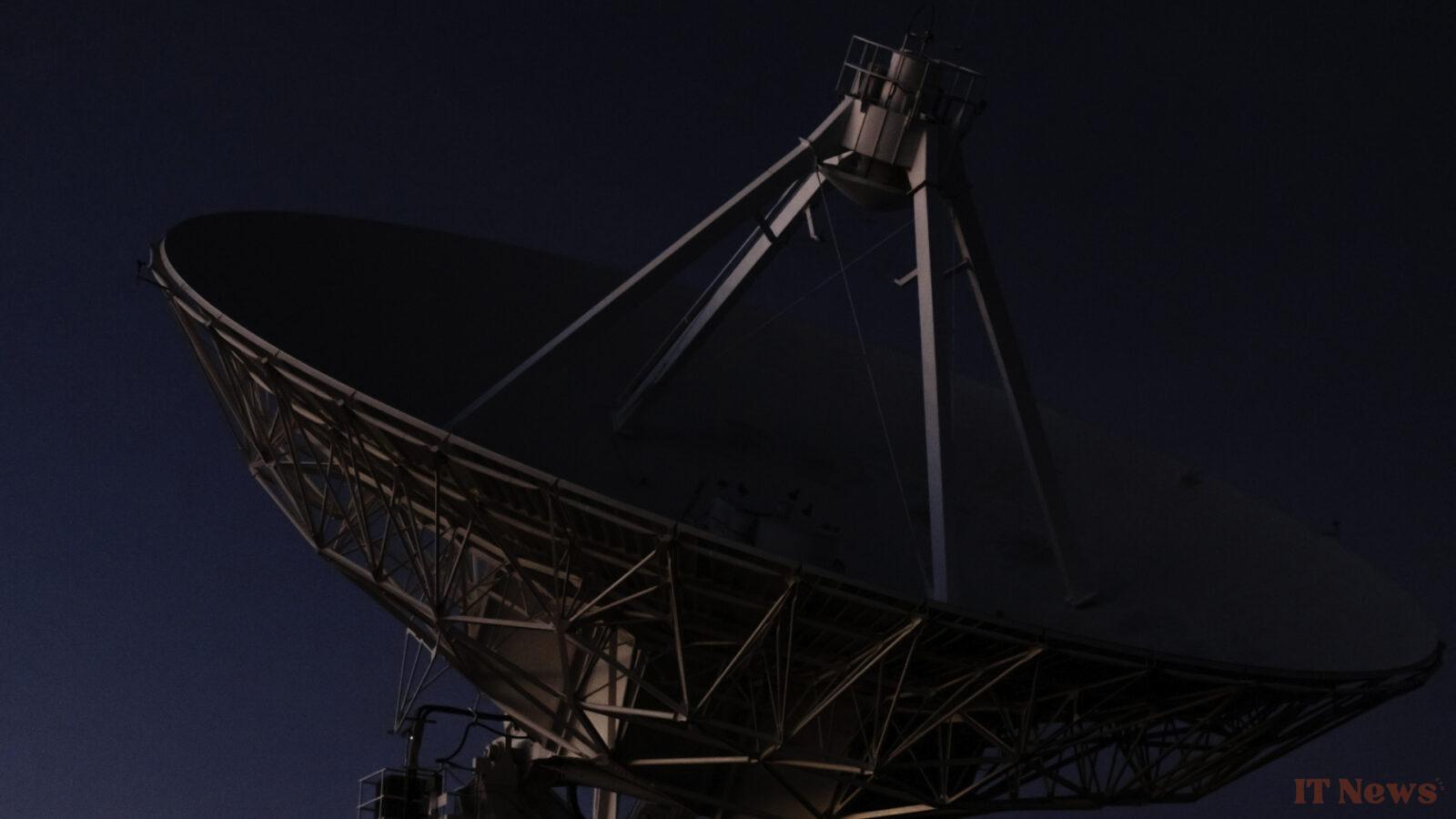Something crazy just happened in space, 36,000 kilometers from Earth. In geostationary orbit, a Chinese satellite managed to create a laser link with Earth, establishing data transmission at a speed that would be "five times faster than Starlink," its scientists in charge of the project reported in the South China Morning Post
Rather than transmitting a connection from low orbit, at an altitude of 550 kilometers, 36,000 kilometers separated the receivers of the Chinese satellite, which did not prevent a low-speed link, thanks to a laser of only 2 watts. Even crazier, beyond resisting atmospheric turbulence, which tends to distort and weaken a light signal, scientists have reportedly achieved a throughput of 1 Gigabit per second, far from the 220 Mbits per second of the Starlink network, at its maximum.
Chinese spatial throughput, stronger than fiber and Starlink
Such a level of throughput surpasses everything, even fiber optics in France, which is between 450 and 550 Mbits/s. ADSL is far behind, between 1 and 20 Mbits/s. So how was China able to achieve such a feat, with such a weak light energy source?
To do this, we must look at the AO-MDR synergy, an innovation at the heart of the work of Chinese researchers from Peking University and the Chinese Academy of Sciences. Their solution combines both adaptive optics (AO) and mode diversity reception (MDR) to refine and stabilize the laser signal, and ensure clear and reliable reception, even in conditions of strong turbulence.
What is the AO-MDR synergy at the heart of the Chinese laser signal?
Behind the idea of adaptive optics lies a technological gem: a system that adjusts the light in real time, via 357 micro-mirrors controlled to correct distortions. Next, the MDR protocol for mode diversity reception involves processing the signal, which will pass through eight channels to select those where it will be strongest, before consolidating it. All of this is not a technology that will be found in the transmitting satellite, but rather at the receiver level, on the ground.
The receiver itself will not be that impressive: it measures only 1.8 meters, and it is installed at the Lijiang Observatory in southwest China. Obviously, the fact that the satellite is geostationary allows for precise aiming of the receiver, which will be impossible to achieve with such precision and stability from low-orbit satellites like Starlink, moving at more than 28,000 km/h around the Earth. Although the distance between the satellite and the ground is 60 times greater, it still allows this type of operation to be carried out.
Eutelsat's stock market surges in France
For space and for Europe, this is good news. Low Earth orbit has never been so saturated, and relying on satellites in geostationary orbit could help calm the ardor and offer a simpler solution for international data transfer. In France, the only satellite internet services capable of competing with SpaceX's American offering are also based on geostationary satellites.
Eutelsat, the GEO-LEO satellite operator with a fleet of 36 satellites in geostationary orbit (GEO) and more than 600 in LEO, posted an excellent performance on the stock market yesterday, following the announcement of its planned €1.35 billion capital increase. The transaction would notably allow the French government to once again become the company's largest shareholder. As a partner of Orange, Eutelsat provides the full capacity of its Konnect satellite, for a high-speed connection throughout France.
Source: South China Morning Post



0 Comments